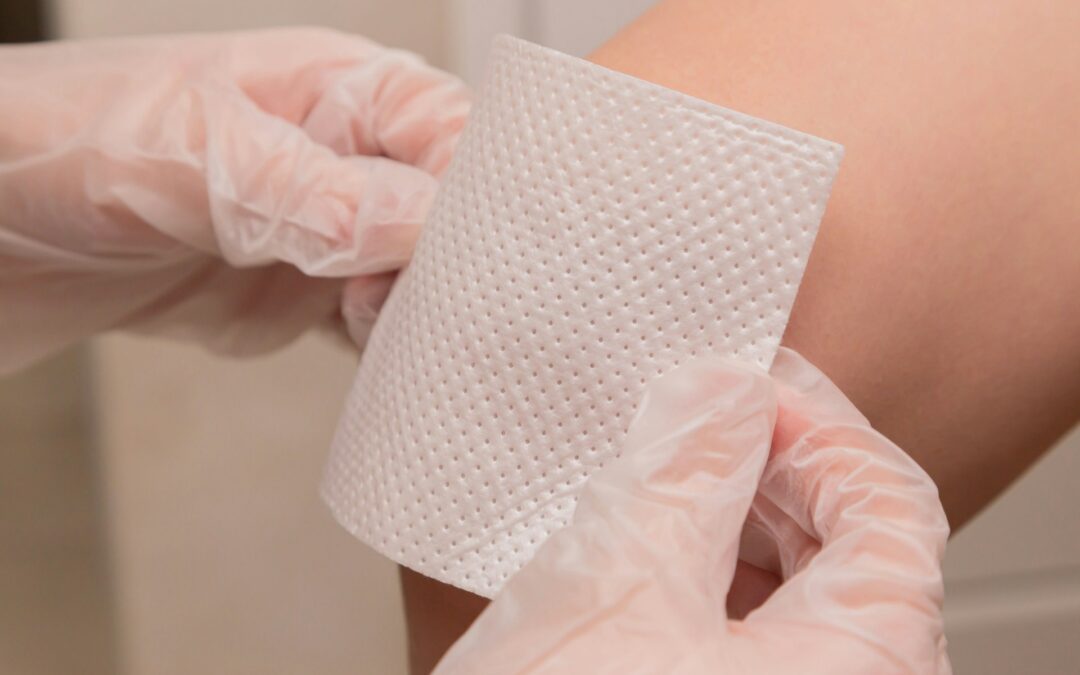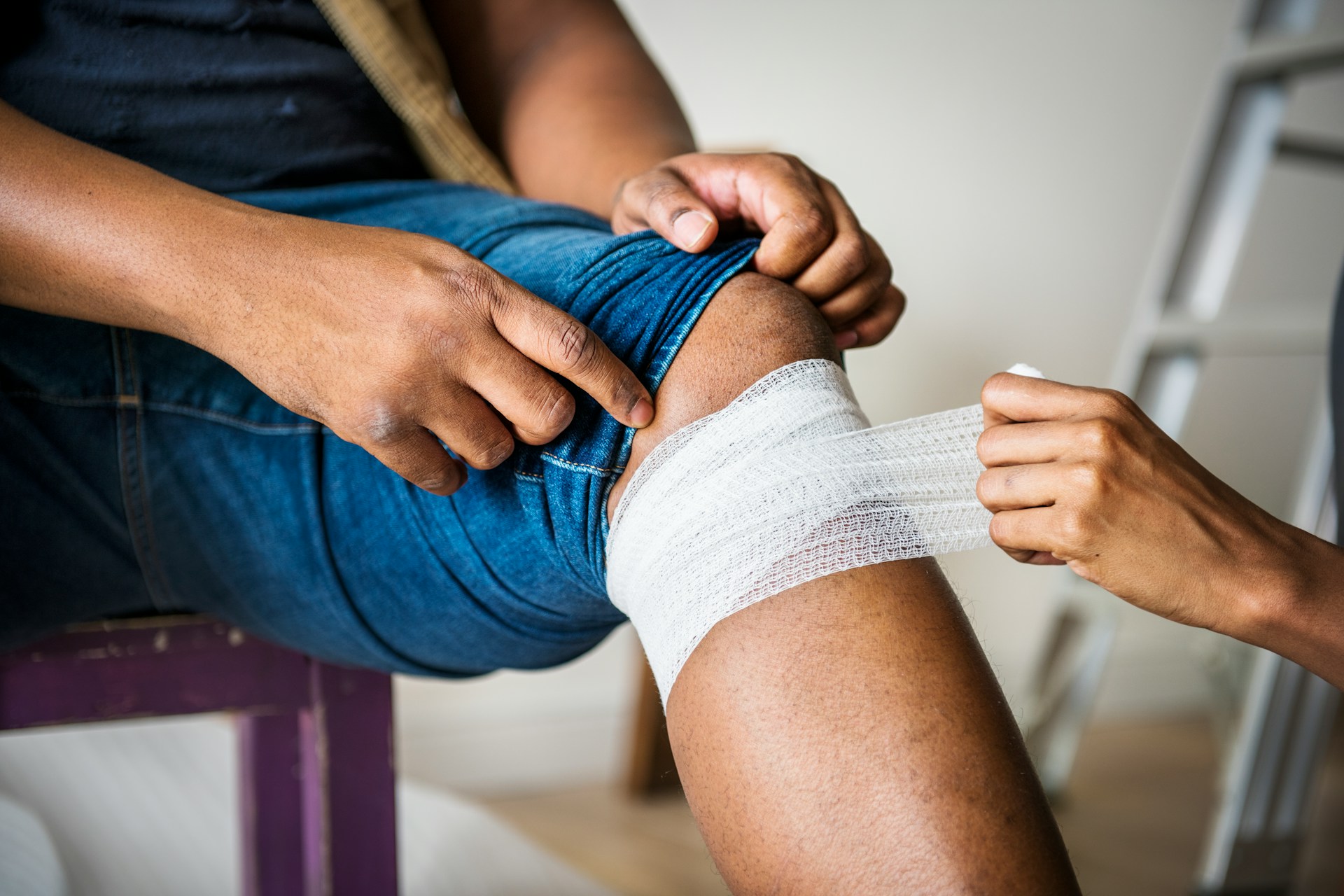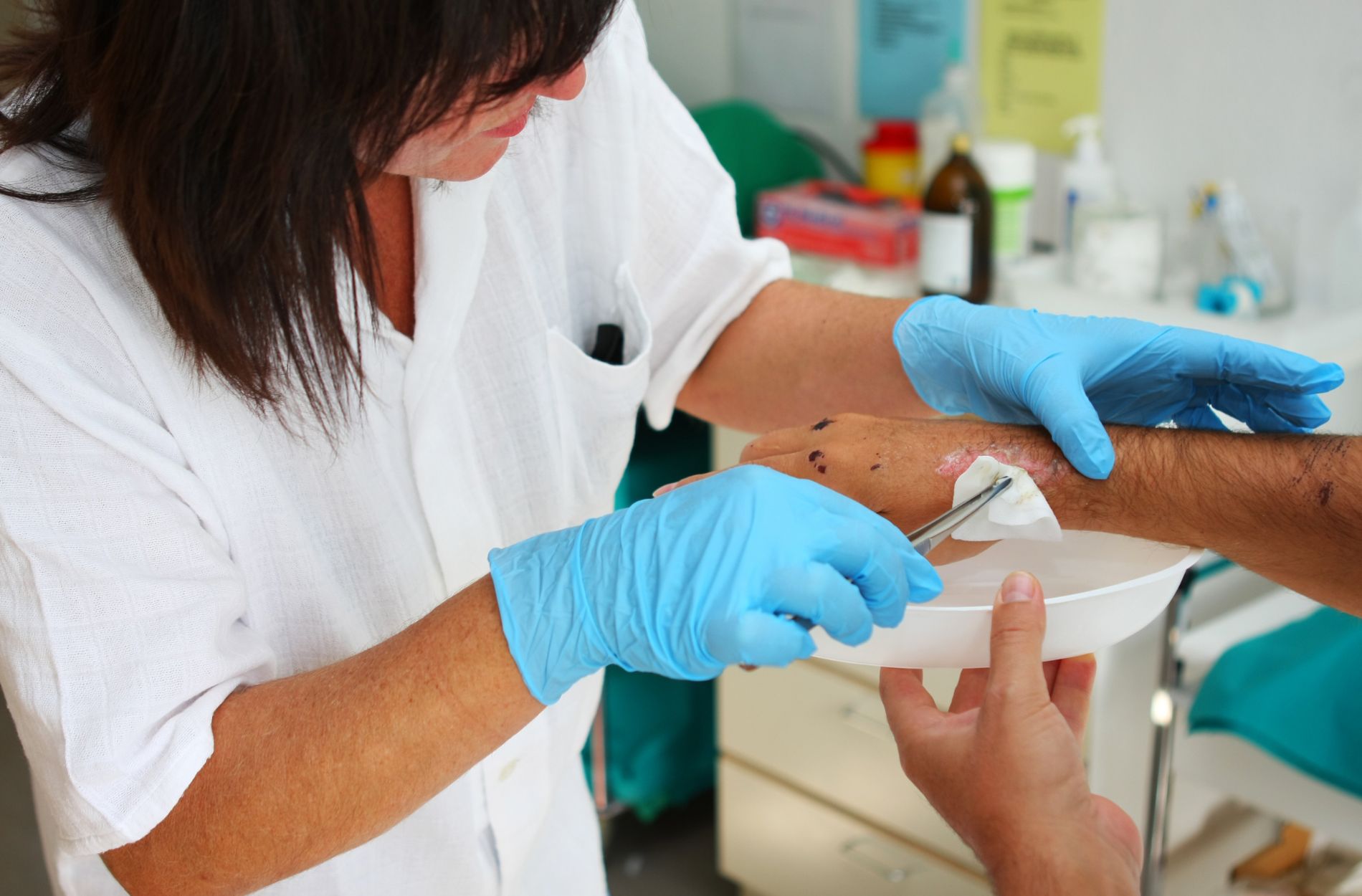Mobile wound care offers a much-needed alternative when heading to an office just isn’t practical. Whether it’s due to limited mobility, recovery time, or overall comfort, having wound care brought directly to your home adds a layer of ease that’s hard to beat. That said, getting the most out of these visits takes some preparation. A few small steps can make the experience smoother for both you and your provider.
In Nashville, where homes and setups can vary quite a bit, each mobile wound therapy visit is a little different. But there’s no need to overhaul your entire routine. A little prep can go a long way toward helping everything move along without hiccups. Knowing how to set up your space, what to have on hand, and how to communicate what’s going on with your wound helps the provider bring the right tools and attention on the first try.
Southern Wound Care makes this process more accessible by providing professional wound care wherever the patient is, giving them the quality they deserve without needing to leave home.
Create a Clean and Safe Environment
One of the easiest ways to support a successful visit is by clearing space and cutting down on hazards. While home should feel like home, setting up a clean and accessible spot ahead of time helps the provider move freely and focus on care rather than maneuvering through obstacles.
Pick a quiet room with enough space around your chair or bed, depending on where you usually rest during treatment. Not every room has to look like a hospital, but it should be easy to sanitize and well-lit enough to see the wound area clearly. Try to avoid carpeted areas if possible, or place a washable mat underfoot where supplies will be used.
Here are a few helpful things to double-check before your wound care provider arrives:
– Move clutter off walkways leading to the care area
– Clear off low tables or nightstands to make supply space
– Shut off any noise from TVs or loud appliances during the visit
– Make sure pets are secured in a safe space away from the treatment zone
– Wipe down nearby surfaces with regular cleaners
– Wash your hands before and after handling any supplies
You don’t need to sterilize your whole house, but clean hands and open space give your healthcare provider room to work and help minimize the risk of infection. Good lighting is especially helpful for wound evaluation and dressing changes. If there’s not enough natural light, consider adding a lamp that can be adjusted or pointed directly at the treatment area.
Taking five or ten minutes to set up your space can save time and lower stress when care starts. One patient once shared that their visit went much smoother once they positioned a lamp near their recliner and moved a side table into arm’s reach. Simple fixes like that make a difference, especially when mobility is limited.
Prepare Necessary Supplies
Having your basic supplies ready before your provider arrives can help the appointment move along without delays. While the visiting team often brings what they’ll need, there may be items they’ve asked you to keep available between visits or use daily. Keeping those items visible, clean, and well-organized avoids last-minute searching and stress.
Some common things you may be asked to have on hand include:
– Gauze pads and medical tape
– Clean gloves
– Antiseptics or wound cleansers
– Extra dressings or wraps
– Topical creams or prescriptions for wound application
– A waste bag or container to collect used items
Try to keep all these materials in one place, whether that’s a small drawer, a basket next to your chair, or in a labeled tub by the bedside. That way, nothing gets misplaced and you’ll always know where to find what you need. Don’t feel pressure to guess or stock up on your own. Use only the items your provider has approved for your specific wound type.
Storage doesn’t need to be fancy. A clean shoebox with a lid or a dedicated bin with dividers can make a big difference. Make it a habit to check that everything is stocked after each visit so you’re never caught off guard. Clear labels help loved ones assist you too, especially if you need a hand during dressing changes or just someone to make sure everything’s set out.
Set Up a Comfortable Space
Comfort is easy to overlook when you’re focused on health needs, but it makes a big difference during a mobile wound care visit. If you’re going to be seated or lying in place for a while, you’ll want to feel as relaxed and supported as possible. You don’t have to rearrange your whole room, but picking a calm location that’s easy to rest in can help cut down on stress during treatment.
Start by choosing a firm chair or a recliner if lying flat isn’t comfortable. Stack a few pillows behind your back or under your legs to relieve pressure while your provider works. Use blankets if the room runs cold or if building draft comes through the windows. If you’re being treated in bed, make sure the bedding is clean and smoothed out before the visit.
The space should also be free of distractions. Background noise, frequent phone calls, and visitors walking in and out can delay care and make communication harder. A quiet setting lets you talk freely with your provider and gives them better focus, especially when documenting wound changes or delivering instructions.
Double check that your provider can move around easily. They might need to shift positions, reach for supplies, or replace dressings without tight spots getting in the way. If the path from the doorway to the care area is narrow, push furniture out of the way before the visit begins. A simple layout lets them work without interruptions or setup delays.
Keep the Conversation Moving
Mobile wound therapy works best when you stay involved in your care, and that starts with communication. Your provider comes prepared, but they count on your input to make choices that suit your needs. Being open about what’s working, what’s not, and what’s changed since the last visit helps take steps in the right direction.
Let your provider know if you’ve had new symptoms, pain, or trouble keeping dressings in place. Changes in skin color, drainage, or swelling are all worth mentioning, even if they seem small. If something feels off or you’ve tried a new medication recently, make a note of it. All of this helps decide how to move forward or when to adjust treatment plans.
Keeping a simple log between visits can be helpful. Jot down any questions that come to mind, or track how your wound looks during dressing changes. Use a notebook, dry erase board in the room, or even just notes on your phone. That way, you won’t forget anything you wanted to discuss when your provider arrives.
Don’t stress about using medical words or knowing exact terms. Say what you’re feeling and noticing in your own words. The goal is for your provider to understand your concerns clearly and respond in a way that makes sense to you. This two-way communication builds trust and helps the visits go more smoothly.
A Few Small Steps Make a Big Difference
Taking time to prepare your home for a mobile wound care visit doesn’t need to be a hassle. In fact, small details like clearing space, organizing supplies, and getting comfy in advance can take pressure off once care begins. It means fewer delays, better focus, and less effort spent scrambling to find missing items.
Whether you’re recovering from surgery, dealing with a chronic wound, or helping a loved one through their healing process, having a well-thought-out setup at home helps support better outcomes. When you’re ready, your provider can walk in and get started right away. You save time, stay more comfortable, and stay on track with healing.
Working together makes the difference. When patients take small steps at home and stay in tune with how they’re feeling, mobile wound care becomes not just practical, but personal. And for folks in the Nashville area, that level of preparation goes a long way in getting the most out of every visit.
Ready to streamline your healing at home? Discover how our approach to mobile wound therapy in Nashville keeps treatment simple and stress-free. At Southern Wound Care, we’re dedicated to offering personalized care right where you need it most. Contact us to schedule your remote visit and feel the difference for yourself.




